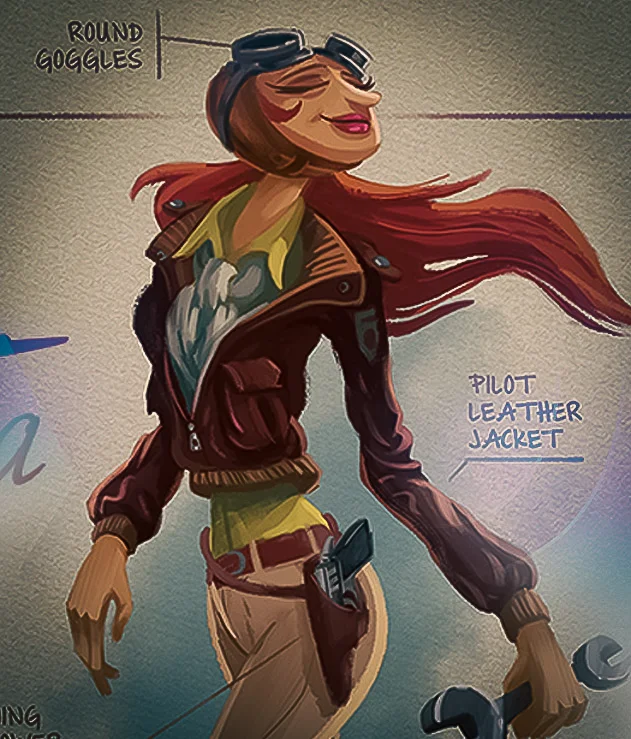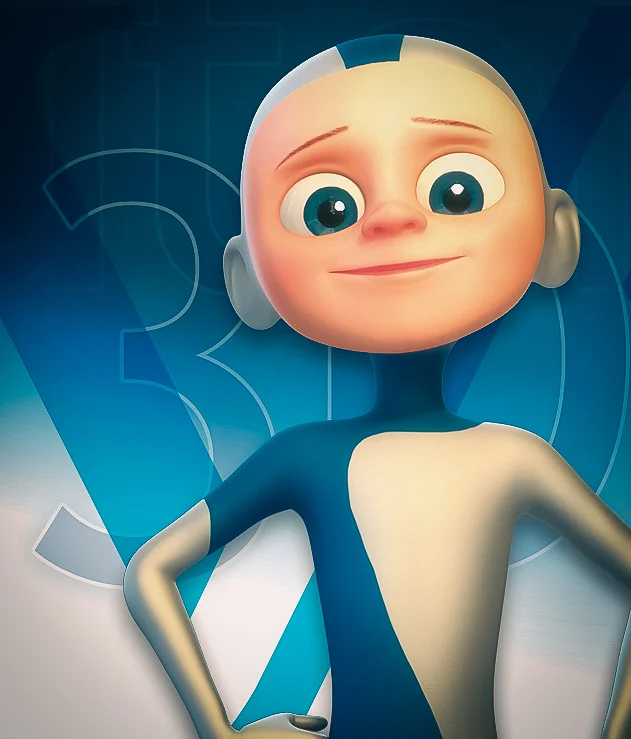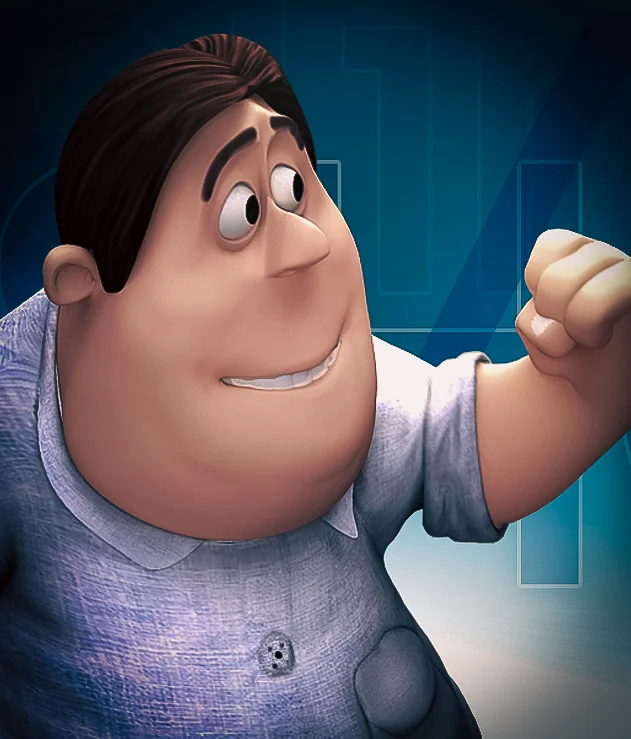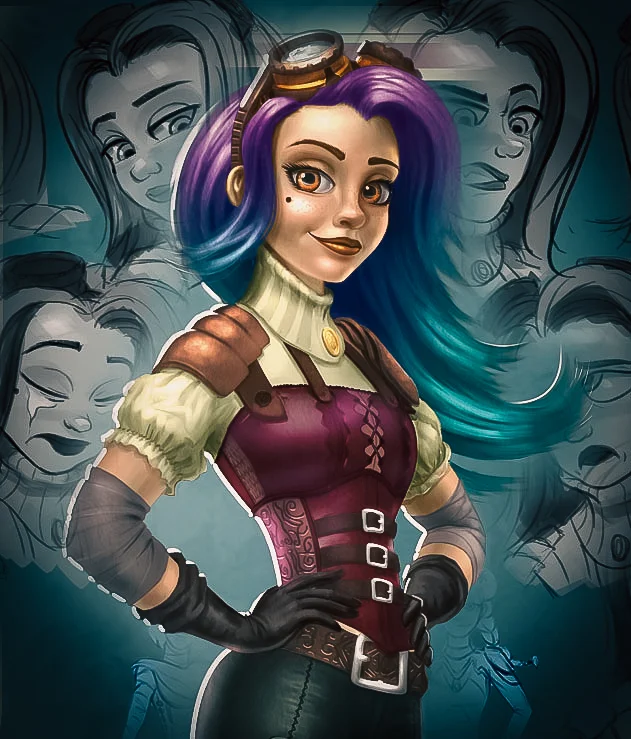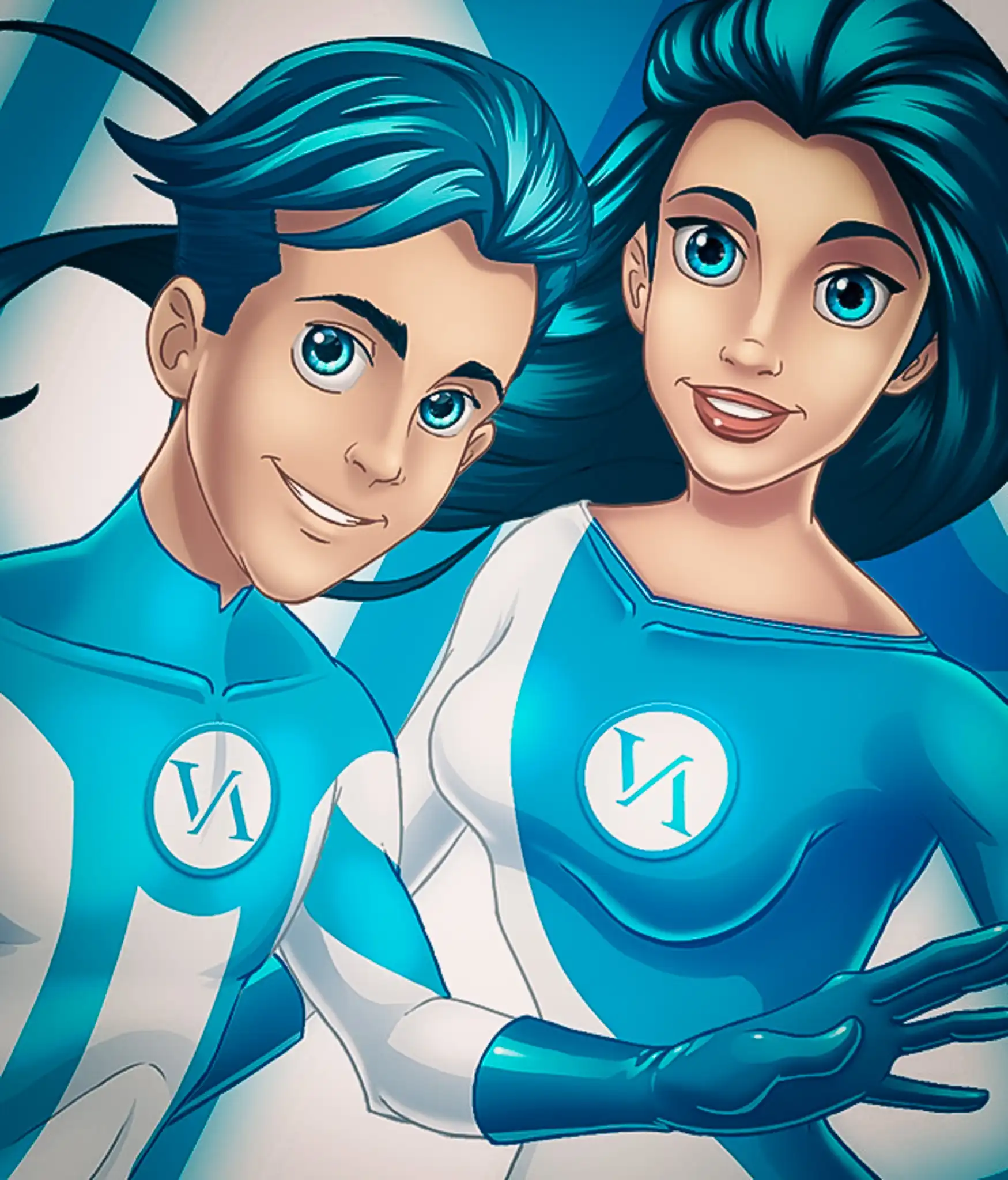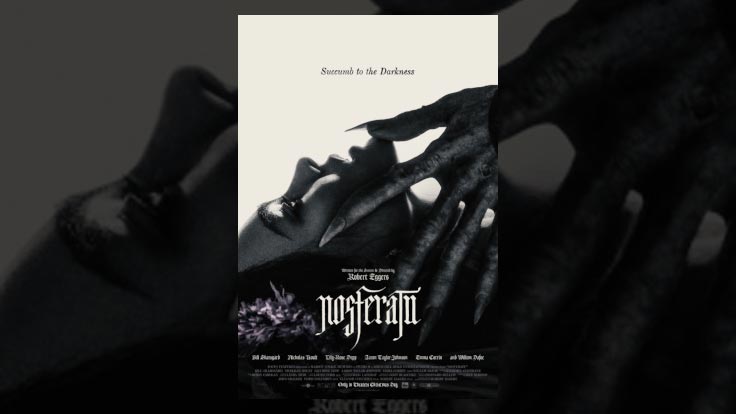 Image: Focus Features (Wikipedia)
Image: Focus Features (Wikipedia)
Author: VANAS Team
The Visual Effects of Nosferatu
Table of Contents
- What Is Nosferatu and Why Does It Matter?
- The Power of Visual Effects in Silent Film
- How Nosferatu Used Animation to Create Fear
- Techniques Used in Nosferatu That Still Inspire Today
- Stop-Motion Animation in Horror
- Lighting and Shadows as Visual Effects
- How Animation Shaped the Monster
- Why Nosferatu Still Feels Creepy 100 Years Later
- How This Movie Influences Modern Animation
- Frequently Asked Questions
What Is Nosferatu and Why Does It Matter?
Even if you’ve never seen Nosferatu, chances are you’ve seen something inspired by it. This 1922 silent horror film, directed by F.W. Murnau, introduced the world to Count Orlok — a terrifying vampire whose sharp fingers and shadowy figure still haunt film and animation lovers today.
Back then, there were no computers, no green screens, and no sound. So how did they make it scary? Through the clever use of visual effects and animation techniques that laid the groundwork for today’s horror and fantasy movies.
"It's not what you show, it's what you suggest," said Murnau, and that’s exactly the mindset early animators and visual effects artists brought to this haunting classic.
The Power of Visual Effects in Silent Film
When you think of visual effects today, maybe your mind jumps to explosions in superhero movies or 3D creatures in sci-fi films. But in the 1920s, visual effects had to be creative — and simple. The filmmakers used animation techniques, shadows, reversed footage, and lighting tricks to bring Nosferatu to life.
What made these effects powerful wasn’t their realism — it was how they made the audience feel. In animation, the goal isn’t always to copy real life perfectly. It's to tell a story and stir emotions, even with limited tools.
How Nosferatu Used Animation to Create Fear
Nosferatu didn't have cartoon characters, but it used frame-by-frame animation techniques to make objects move in ghostly ways. For example, Count Orlok’s coffin lid opens by itself, as if he’s moving it with his mind. That was done using a stop-motion animation method — one frame at a time.
Other shots were filmed in reverse. When Orlok disappears through a door or rises straight up from a coffin, those creepy movements were animated using tricks like reversed footage and undercranking (filming at slower speeds to speed up the action later). These techniques were the animation effects of the silent era, and they worked.
"Every frame was considered," as one film historian said. "They didn’t animate with computers. They animated with shadows, timing, and bold choices."
Techniques Used in Nosferatu That Still Inspire Today
Even modern animators and VFX artists study Nosferatu for its simple yet bold techniques. Here's a list of some methods used:
- Shadow projection: Orlok’s shadow climbs stairs long before he appears, creating suspense.
- Stop-motion animation: To animate the lid of the coffin opening.
- Reverse motion: To give an unnatural, ghostly feel to movements.
- Negative exposure: Used to show day turning into night and vice versa.
- Tinted color reels: Since the film was black and white, different scenes were tinted with color filters (like blue for night, red for danger).
These weren’t just film tricks — they were animation techniques used to control how the audience feels. That’s the magic of animation.
And remember, VANAS Online Animation School offers Animation, Visual Effects, and Video Game programs. To launch your career, visit https://www.vanas.ca
Stop-Motion Animation in Horror
Long before Coraline or The Nightmare Before Christmas, horror films like Nosferatu used stop-motion animation to bring a sense of unease. Because the human brain picks up on unnatural movement, stop-motion often makes characters feel creepy — perfect for horror.
One scene in Nosferatu shows the vampire loading coffins into a cart, and it’s clearly not in real time. The movement is too fast, too jagged. That’s the point. That’s how animation and horror blend perfectly: by showing something just a little “off,” it makes us uncomfortable.
Even today, horror films and games use these animation ideas. Think about characters that glitch or move in strange ways. That style goes back over 100 years — and it started with movies like Nosferatu.
Lighting and Shadows as Visual Effects
In Nosferatu, there’s a moment where Orlok’s shadow stretches across the wall, slowly reaching for a doorknob. It’s terrifying — but if you look closer, it’s just a light trick. The actor is off-screen, and a shadow puppet is stretched with a bright light behind it.
This is one of the most powerful scenes in horror. Why? Because the audience’s imagination fills in the gaps. That’s also how animation works: it leaves room for the viewer to dream, fear, or hope.
Lighting is a huge part of animation and VFX today. Think of how Pixar movies use lighting to show mood — whether it's sadness in Inside Out or adventure in Up. All of that comes from lessons learned in early films like Nosferatu.
How Animation Shaped the Monster
Orlok doesn’t just look scary — he moves scary. His actions are jerky, stiff, and unnatural. That’s animation! Even though it was a live actor, the way his movements were filmed (with undercranking and stop-motion) gave him an animated, exaggerated motion, almost like a puppet.
Modern animators still use this idea. When creating villains, they might animate them with rigid, angular motion to show danger. In Nosferatu, this was done without any CGI — only clever physical performance and animation timing.
One animator once said: "In animation, the villain always gets the best movement." Orlok proves that.
Why Nosferatu Still Feels Creepy 100 Years Later
Have you ever watched an old black-and-white movie and thought, “Why is this still scary?” That’s the power of good animation and visual storytelling.
Nosferatu works because it didn’t try to copy reality. It used animation techniques to exaggerate emotion, to suggest terror instead of showing blood. The monster appears slowly, in stages. The shadows stretch before the vampire does. The music swells. The silence makes your imagination scream.
Modern animators — even those working on video games — study Nosferatu for its pacing, its visual design, and its use of animation as emotion.
How This Movie Influences Modern Animation
You’ve probably seen some version of Nosferatu without even realizing it. SpongeBob made a joke about him. So did The Simpsons. And dozens of horror games use similar shadows, pacing, and movements.
In fact, when making Hotel Transylvania, director Genndy Tartakovsky mentioned Nosferatu as one of his inspirations. "I love the original monsters — and Orlok’s design is so bold, it’s pure animation magic."
Here’s how modern animation uses Nosferatu's influence:
- Character design: Sharp angles, long limbs, sunken eyes
- Pacing: Slow builds, sudden reveals
- Movement: Jerky, puppet-like action for scary characters
- Silence: Sometimes less sound makes a scene scarier
And all of that started from a silent film with no budget, no computers, and no color — just passion, light, and animation.
VANAS Online Animation School offers Animation, Visual Effects, and Video Game programs. To launch your career, visit https://www.vanas.ca
Frequently Asked Questions
What kind of animation is used in Nosferatu?
- Nosferatu used early forms of stop-motion animation, reverse footage, and frame-by-frame tricks to create visual effects, even though it wasn’t a cartoon.
Can visual effects be considered animation?
- Yes. Visual effects often use the same principles as animation — timing, exaggeration, movement — especially when done manually without computers.
Is Nosferatu a good film to study for animation students?
- Absolutely. It teaches how to create emotion, suspense, and fear using very few tools — the core of what great animation does.
How did shadows become an animation tool in Nosferatu?
- Shadows were used like characters themselves — stretching, looming, and moving across the screen to create suspense and shape.
What software did they use in 1922 to animate things?
- None! Everything was done physically — filming objects frame by frame, playing the footage in reverse, or using lighting and editing tricks. It’s animation without a computer.
Can you be an animator if you're more into scary stuff than cartoons?
- Definitely. Animation isn’t just for cute or funny — it’s a way to tell any kind of story, including horror, mystery, or fantasy.

